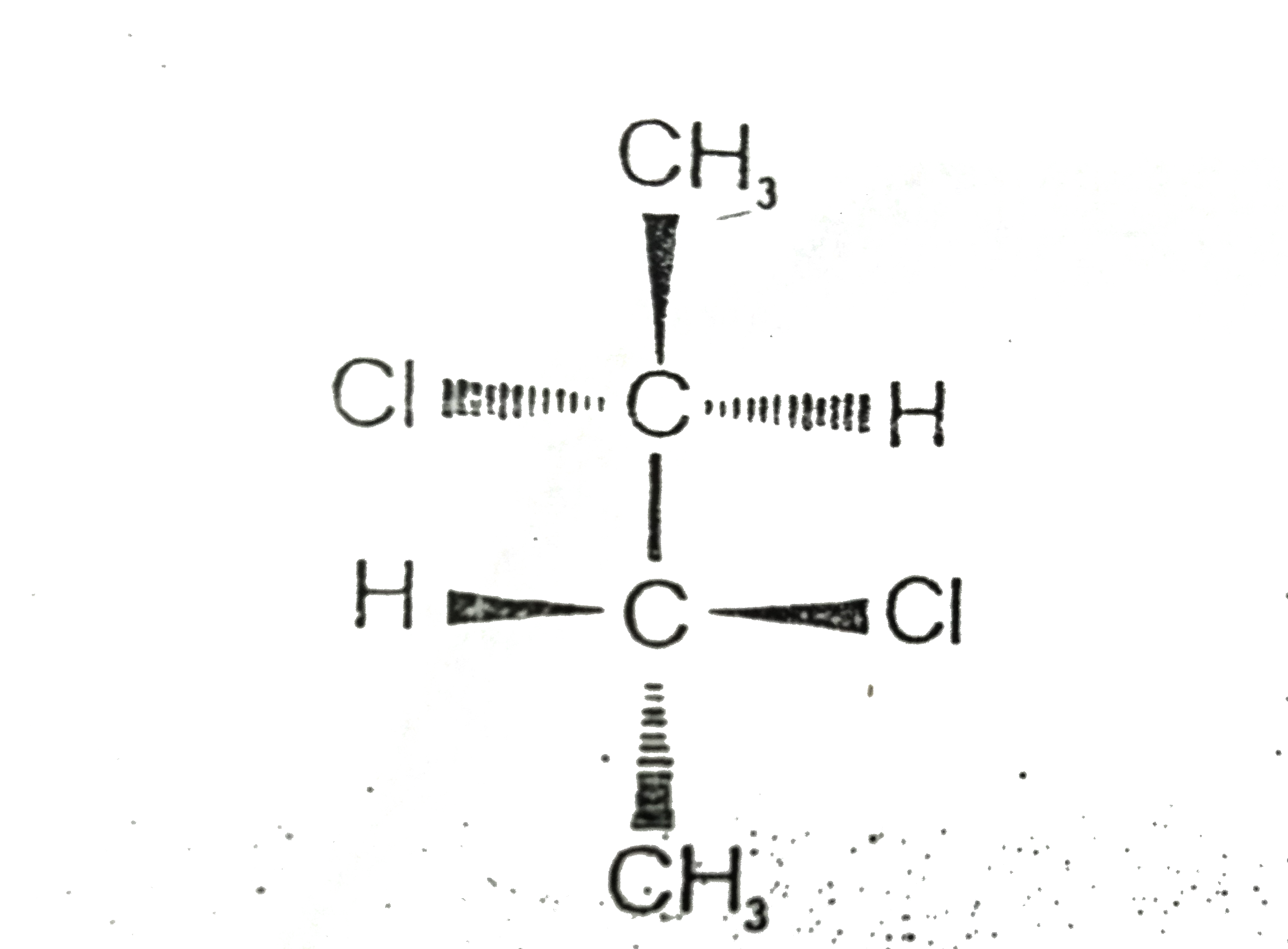What is an asymmetric carbon
Step-by-Step Solution:
1. Definition of Asymmetric Carbon: An asymmetric carbon, also known as a chiral carbon, is a carbon atom that is bonded to four different groups or atoms. This unique arrangement allows for the existence of two non-superimposable mirror images, known as enantiomers.
2. Characteristics of Asymmetric Carbon:
- The carbon atom must be attached to four distinct substituents.
- This configuration leads to chirality, which is a property where the molecule cannot be superimposed on its mirror image.
3. Example of Asymmetric Carbon:
- Consider a carbon atom that is bonded to the following groups: bromine (Br), chlorine (Cl), fluorine (F), and hydrogen (H).
- In this case, since all four groups attached to the carbon are different, this carbon atom is classified as an asymmetric carbon or chiral center.
4. Conclusion: Asymmetric carbons are crucial in organic chemistry as they contribute to the stereochemistry of molecules, leading to different optical activities and properties.
- The carbon atom must be attached to four distinct substituents.
- This configuration leads to chirality, which is a property where the molecule cannot be superimposed on its mirror image.
- Consider a carbon atom that is bonded to the following groups: bromine (Br), chlorine (Cl), fluorine (F), and hydrogen (H).
- In this case, since all four groups attached to the carbon are different, this carbon atom is classified as an asymmetric carbon or chiral center.
Topper's Solved these Questions
Similar Questions
As SN2 reaction at an asymmetric carbon of a compound always gives:
View SolutionWhat is meant by asymmetric synthesis ? Give an example.
View SolutionDraw open chain structure of aldopentose and aldohexose. How many asymmetric carbons are present in each ?
View SolutionIf a compound has n asymmetric carbon atoms with different terminal groups, the number of stereoisomers is given by the formula:
View SolutionDraw Fischer projection of

Find the absolute configuration for asymmetric carbon atoms and also write the configuration of enantiomer and diastereomers of the given compounds .
View Solutionstatement I: Addition of Br2 to 1-butene gives two optical isomers.
statement II: The product contains one asymmetric carbon atoms.
View SolutionStatement-I : Addition of HBr to 1−butene gives two optical isomers.
Because
Statement-II : The product contains one asymmetric carbon.
View SolutionWhat is meant by chiral or asymmetric carbon?
View SolutionWhat is the number of asymmetric carbon atoms in aldopentose?
View SolutionWhat is the number of asymmetric carbon atoms present in α-D-glucopyranose molecule?
View Solution
